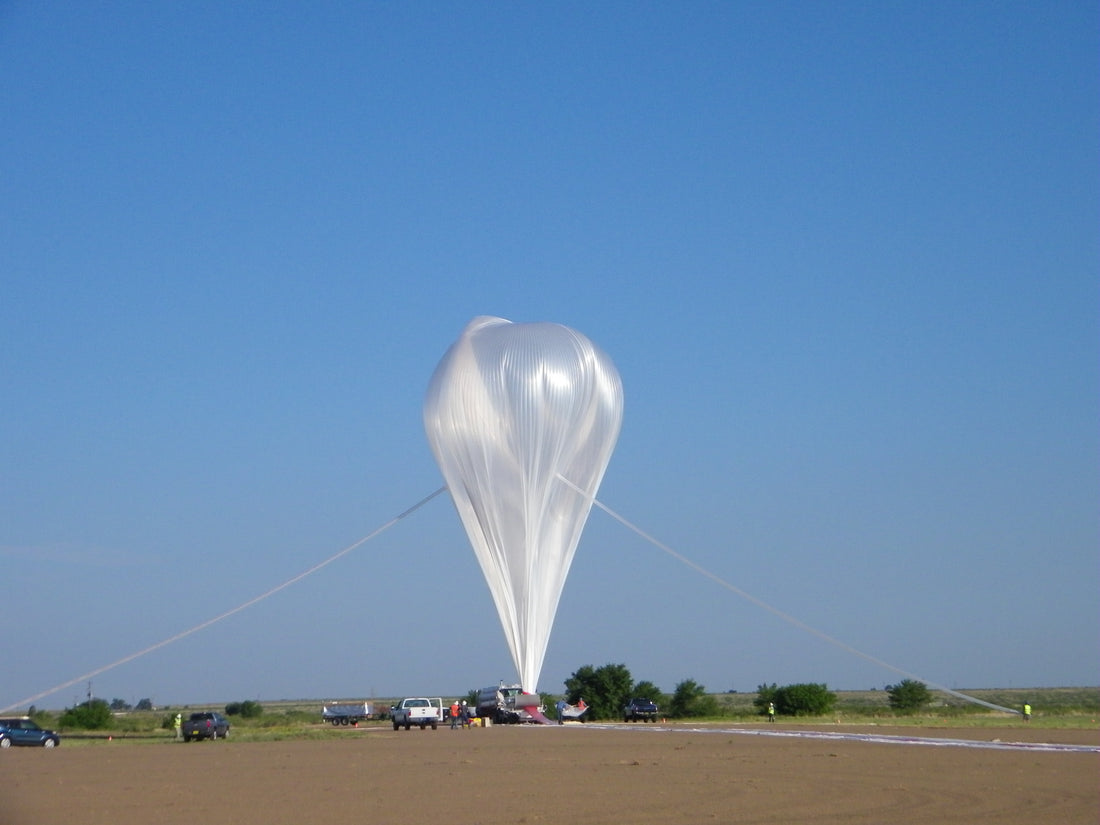Giant weather balloons are large, helium-filled balloons that are used to gather atmospheric data and monitor weather patterns. These balloons are typically made of durable, lightweight materials, such as latex or synthetic fabrics, and can be as large as a small car when fully inflated. In this blog post, we will discuss the uses, features, and benefits of giant weather balloons.
Uses of Giant Weather Balloons Giant weather balloons are used for a variety of scientific and research purposes, including:
-
Gathering atmospheric data: Weather balloons are equipped with sensors that collect information about temperature, pressure, and humidity at various altitudes in the atmosphere. This data is used to create weather models and forecast future weather patterns.
-
Studying atmospheric conditions: Researchers use weather balloons to study phenomena such as ozone depletion, air pollution, and climate change.
-
Conducting experiments: Weather balloons are often used as a platform for conducting experiments, such as measuring radiation levels in the upper atmosphere.
Features of Giant Weather Balloons Giant weather balloons are designed to withstand harsh weather conditions and high altitudes. Some key features of these balloons include:
-
Durability: Weather balloons are made of tough, tear-resistant materials that can withstand extreme temperatures and high altitudes.
-
Helium-filled: Weather balloons are typically filled with helium, which is a lighter-than-air gas that allows the balloon to ascend to high altitudes.
-
GPS tracking: Weather balloons are equipped with GPS trackers, which allow researchers to track the balloon's movements and retrieve it after it lands.
Benefits of Giant Weather Balloons There are several benefits to using giant weather balloons for scientific research, including:
-
Cost-effective: Weather balloons are a cost-effective way to collect atmospheric data and conduct experiments, as they are relatively inexpensive to produce and launch.
-
Non-invasive: Unlike other methods of gathering atmospheric data, such as aircraft or satellites, weather balloons do not require any physical contact with the atmosphere, making them a non-invasive way to study weather patterns.
-
High-altitude data: Weather balloons can ascend to heights of up to 30 km, allowing researchers to collect data from the upper reaches of the atmosphere.
In conclusion, giant weather balloons are an important tool for gathering atmospheric data, monitoring weather patterns, and conducting scientific research. With their durable construction, helium-filled design, and GPS tracking capabilities, these balloons are a cost-effective and non-invasive way to study weather and atmospheric conditions.




